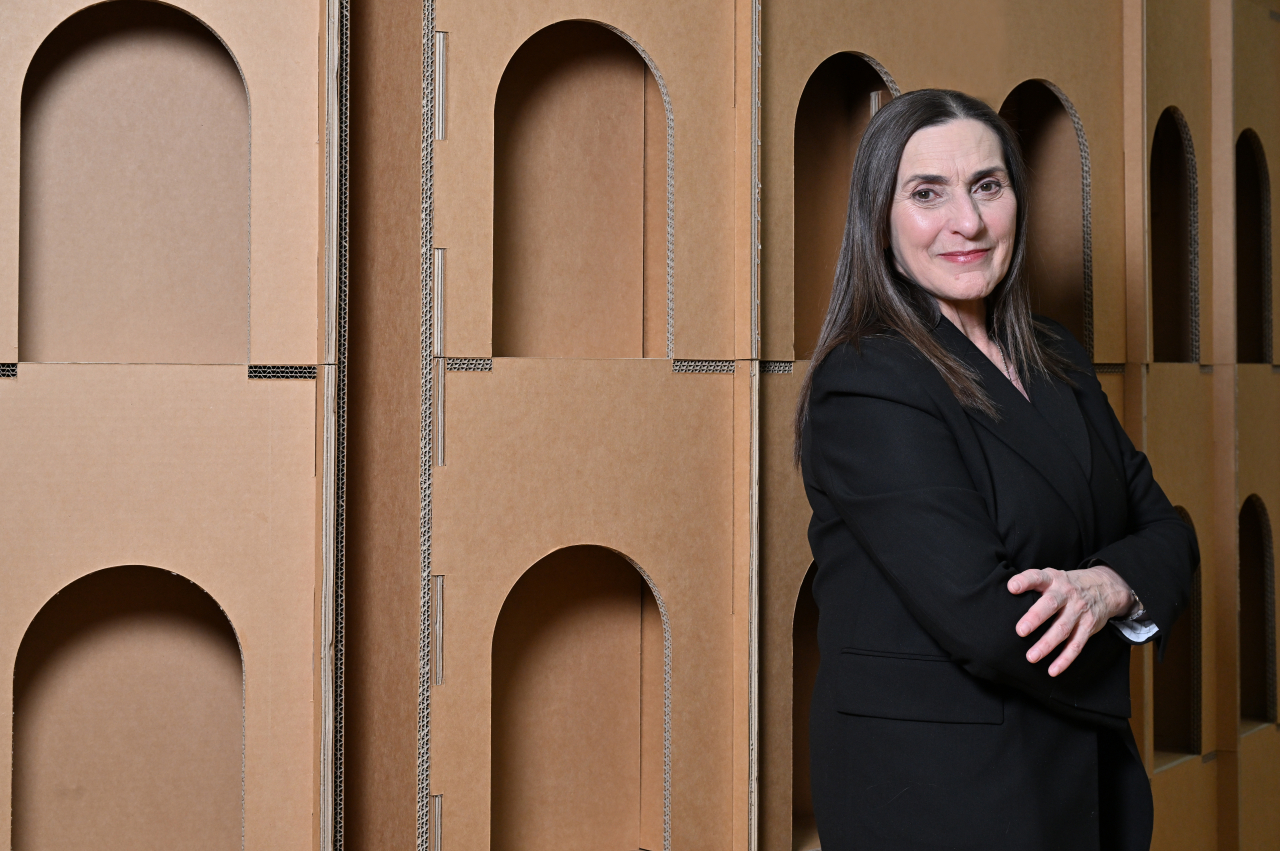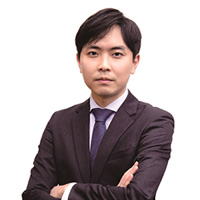[Bridging Cultures] Overseas outposts promote cultural exchange: Italy culture envoy
By Choi Si-youngPublished : Feb. 14, 2024 - 16:27

The following is the first in a series of interviews with heads of foreign cultural centers at the forefront of cultural exchange. --Ed.
Setting up more cultural centers overseas is one way South Korea can bolster its international presence, an effort that requires backing from a centralized leadership, according to the director of the Italian Cultural Institute of Seoul.
Italy runs about 90 cultural centers around the world, a little more than twice the number South Korea operates.
Such centers are “communication lines,” Michela Linda Magri, director of the Italian Cultural Institute of Seoul, said in a recent interview with The Korea Herald.
The comment came before the Culture Ministry took charge of promoting Korea overseas this month, shutting down a dedicated agency that had been criticized for failing to do a good job of coordinating interagency or public-private efforts to boost the country's image.
“I visited and worked with many Korean cultural institutions, both public and private, which work to promote Korean culture in Italy in every field,” Magri said, noting her institute works on sending Korean artists to Italy and bridging the gap between the two countries.
Of the qualities that make for a cultural powerhouse, she said, “A great balance between government cultural policy, private initiative and harmony between heritage and contemporary culture.”
Magri, who previously served in Jakarta as director of the Italian Cultural Institute there and as an attache at the same institute in Los Angeles, appeared optimistic about Korea’s potential to be one.
Korean arts
Magri highlighted the dansaekhwa -- monochrome painting -- movement along with Paik Nam-june, the Korean-born father of video art.
Such Korean art and artists have always been meaningful, Magri said, describing Paik as redefining “ways of making art and representing new futures for Korea after the 1970s.”
What sets apart Korean arts, Magri added, drawing on her previous experiences, is Korean artists’ inclination to experiment, something “akin to the Italian counterpart in the 20th century.”
Magri also referred to a pursuit of progress and advancement, a theme she says is central in many Korean artworks and is “linked to the movement in the 1960s and 1970s.”
Back then, South Koreans were united behind a nationwide push to develop the economy that had been ruined by the 1950-53 Korean War, which only deepened the disarray that followed the 1945 liberation from Japan.
Marking three years in office in June, Magri said her job is to bring South Koreans and Italians closer than ever. The occasion is all the more appropriate, because the two countries celebrate 140 years of diplomatic relations this year, according to Magri.
A photo exhibition in February recounting 140 years of exchanges, and a joint opera production in October inviting Italy’s signature opera festival Arena di Verona to Korea -- as well as an Italian touring exhibition visiting Korea in November -- are some of the major events to expect, Magri said.
Venice Biennale 2024
Lee Bae, a South Korean visual artist, will be presenting works at La Maison de La Lune Brulee, an official collateral event of this year’s Venice Biennale, which runs from April to November. The Italian Cultural Institute is a partner of the sideline event, according to Magri.
On Feb. 21, Lee will discuss his works at an invitation-only event organized by the institute before departing for Venice later this month.
People are important, and so are the places surrounding them, according to the 62-year-old director.
“Bukchon Hanok Village comes to mind,” Magri said of a place at the heart of the 600-year-old capital that preserves its traditions in a village of traditional Korean houses or hanok. “I can just picture how people back then must have lived.”







![[Weekender] How DDP emerged as an icon of Seoul](http://res.heraldm.com/phpwas/restmb_idxmake.php?idx=644&simg=/content/image/2024/04/25/20240425050915_0.jpg&u=)




![[Music in drama] An ode to childhood trauma](http://res.heraldm.com/phpwas/restmb_idxmake.php?idx=644&simg=/content/image/2024/04/25/20240425050929_0.jpg&u=)






![[Herald Interview] Mistakes turn into blessings in street performance, director says](http://res.heraldm.com/phpwas/restmb_idxmake.php?idx=652&simg=/content/image/2024/04/28/20240428050150_0.jpg&u=20240428174656)
